Help! My dog’s barking mad!
Remember when you first brought that new puppy home? So tiny and fluffy, you called him Teddy. The family was entranced; the kids promised that they would clean up after him (if he ever peed inside!) and would feed him regularly. And, at first, this worked. Until, almost overnight… Teddy… became… The Terror! Biting, barking, doing his business inside, chewing the furniture and the kids’ toys and homework (Good excuse!) … Dad yells at the kids, the kids yell at The Terror and the puppy gets smacked. (Shocking, but it happens.) Luckily, the vet and the doc gave Mom some good advice… and we are going to share it with you.
DOG HEALTH
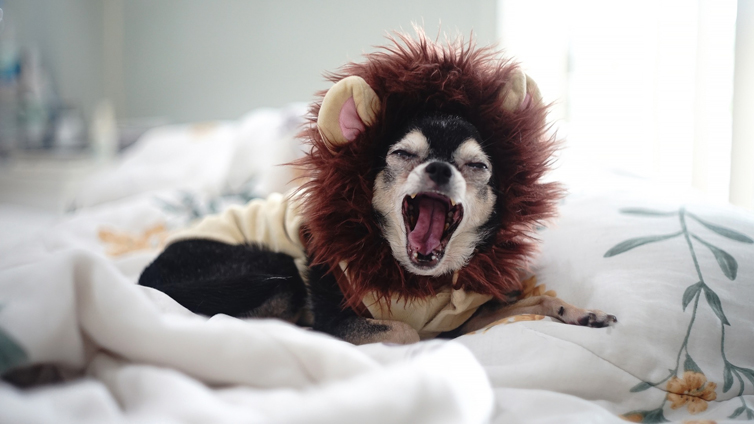
Posted by bravectosouthafrica – 16 March 2021
Behaviour basics
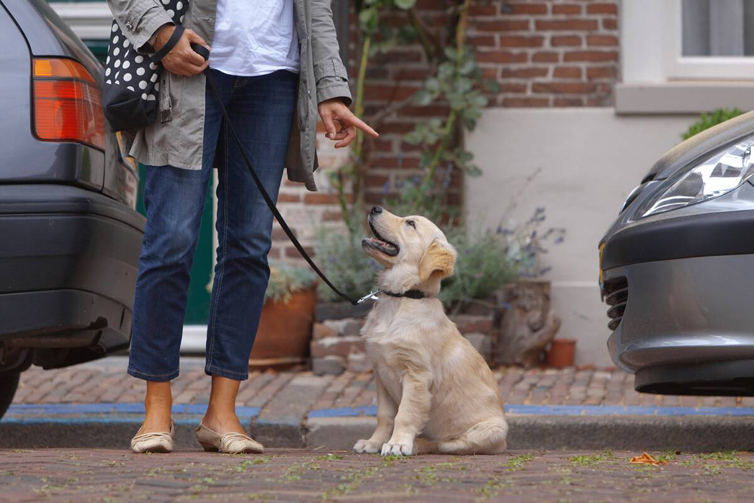
- Reward not punishment. Most animal training today, practiced and recommended by animal behaviourists (people who are trained to deal with various aspects of animal behaviour), is based on the tried-and-true method of ‘positive reinforcement’: GOOD BEHAVIOUR – REWARD. BAD BEHAVIOUR – IGNORE. (Works on kids too.) Shouting or hitting will make your dog anxious and scared. Be consistent, praise a lot and practice, practice, practice.
- Busy dogs are good dogs. Most dogs, particularly the most intelligent ones, get bored like children, and then, like children, they get naughty. They need distractions, like toys, a garden or park, play and … ‘walkies’ – twice a day (if possible) and every day, for exercise and for giving that wonderful canine sense of smell, a workout. This could be as simple as fetching a ball.
- Fear breeds bad behaviour. As you read, you will see that many undesirable behaviours can be caused or aggravated by anxiety. Anxiety has many possible causes. Check out this link for more.
- Check with your vet. We strongly recommend that if you encounter any problems (health or behaviour), you should consult your veterinarian before embarking on any treatment or therapy yourself.
The stars of our bad-barkers report are Lulu – a tiny Yorkie girl – and Leo – a magnificent Labrador guy.
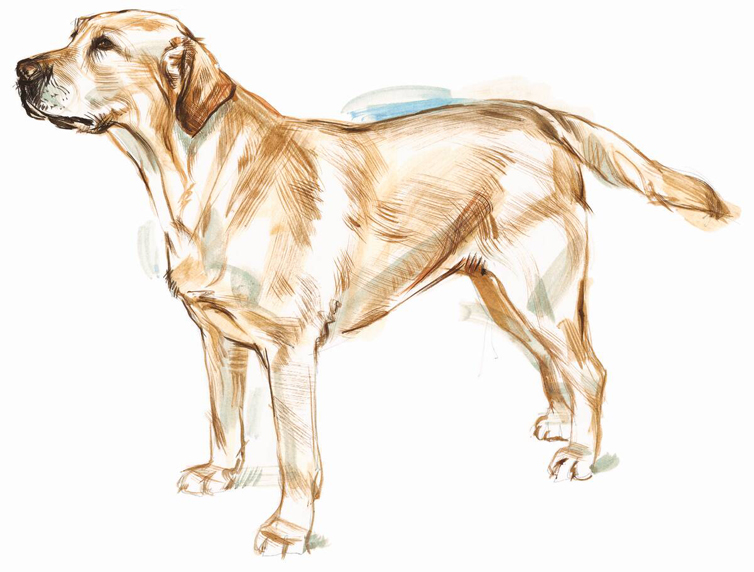
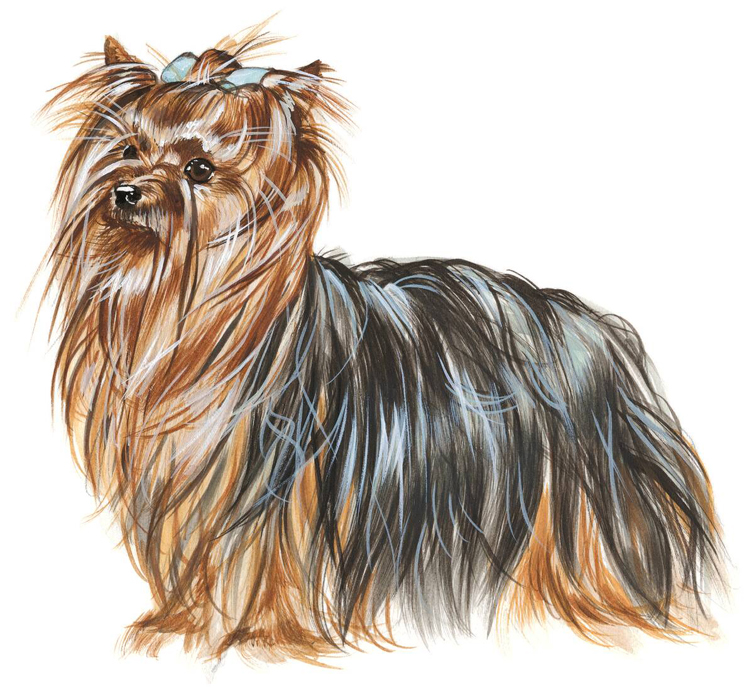
Barking – Woof! Woof! Woof! Woof!
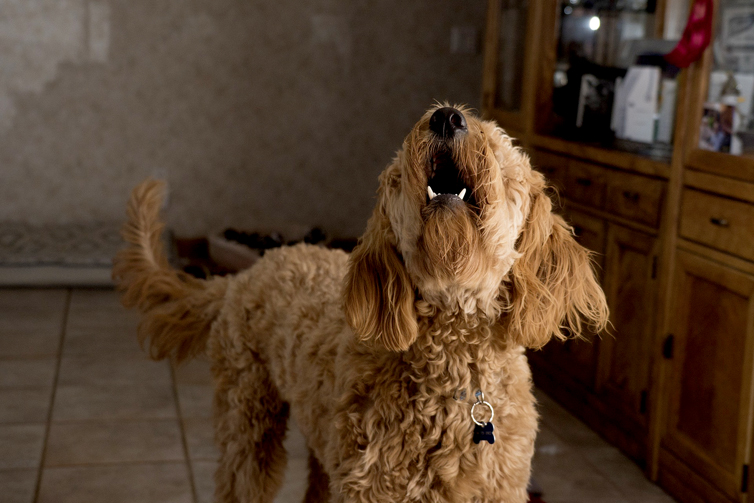
FYI: DOGS BARK! They are territorial. Their instinct is to claim and protect you and your territory against any intruders by barking to scare them away. (Yes, even Lulu, a tiny Yorkie, thinks that she can be ferocious.) Unfortunately, they are not very discriminating. They will bark at anyone or anything they think may be threatening, but they’ll also bark at friendly neighbours, visitors, cars, mice or a tiny leaf, fluttering down from a tree. They will certainly bark more if they are bored or anxious.
Suggestions:
- Keep calm. Do not shout – Lulu and Leo will think that you’re joining in with the barking.
- Reduce stimuli. This is a difficult one because most dogs view anything as a potential intruder. Try to reduce loud noises – these may make Leo even more of a nervous-Nellie. If necessary, restrict your dogs’ view out of the garden.
- Consider the various ‘anti-barking’ devices on the market, with caution. Many are put in the garden and emit a high-pitched noise (inaudible to humans) when they bark which dogs don’t like. Collars are also available which either make a similar noise, squirt water or citronella. But be sure your choice is humane. Some collars deliver a short electric shock when the dog barks. Animal anti-cruelty organisations have banned the use of these collars because they consider them to be inhumane. Bear in mind that such devices attempt to ‘teach’ dogs by punishing them. Do some research before making up your mind and consult your vet.
‘The welfare impact and efficacy of canine training methods.’
‘Evaluating a humane alternative to the bark collar.’
- You can train Lulu (or Leo), using basic behaviourist principles, yourself. Have several small treats (not sweets, please) in hand. When she barks, say “Shhhh” sharply to distract her and put your finger to your mouth. Wait until she’s quiet. Say “Sit” and gently press her bum to the floor. Then, and only then, give her the treat and praise. She will eventually be quiet on “Shhhh”. Repeat, repeat, repeat. Good girl, Lulu.
Aggression – GRRRrrrrr
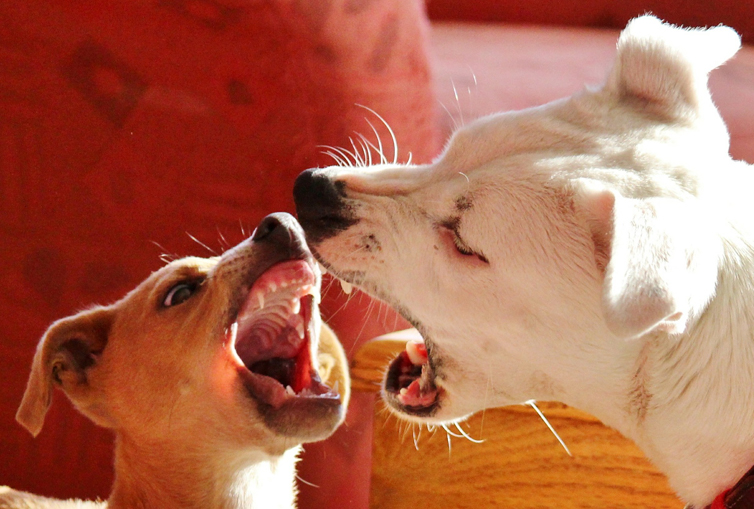
Leo (and Lulu) are naturally-programmed to defend you, your family and your property. He needs to be aggressive at certain times. Leo does not understand ‘at certain times’, but he should eventually get the idea. Unacceptable and inappropriate aggression is often found when he encounters other dogs and most humans, especially when they approach you. When Leo sees another dog, bares his teeth, growls, with flattened ears, raised hackles, stiff legs and barks, you know he means business. Your instinct is to start yelling, shouting and even hitting, all of which will make him, and the other dog, more aggressive. In this case you cannot of course ignore his ‘bad’ behaviour.
Suggestions:
- If he is on-leash (as most public spaces require) pull him sharply away and walk in the opposite direction. Stay as calm as possible and reward him with praise and patting for shifting his focus from the dog/person.
- If a fight occurs, do not get involved. Breaking up a dog fight can be extremely dangerous. Once a fight starts, it is unlikely that you and the other owner will be able to stop it without getting injured.
- Try to distract/surprise the dogs by making a loud noise or throwing a bucket of water over them.
- Try throwing a coat over each dog – they may stop if they can’t see.
- If there are two strong adults present, each grab a dog’s hind legs and try to pull them apart. This is dangerous and a last-resort.
- NEVER try to separate fighting dogs with your hands or feet/legs.
- Both dogs should be taken to the vet to check for injuries (not in the same car!) as sometimes these can be masked by fur and pain hidden by adrenalin.
Chewing
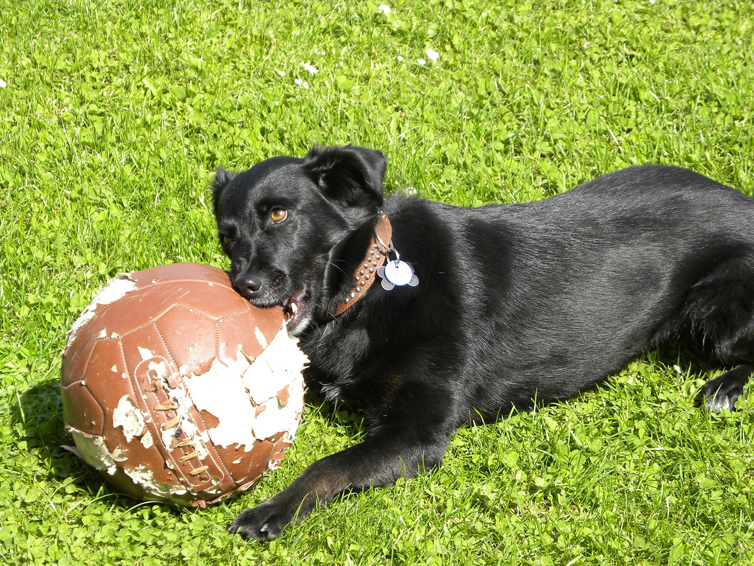
Babies – both dogs and humans – chew. Their first teeth are coming through and chewing relieves the discomfort. Generally, puppies’ frantic chewing gets less as they get older. Older puppies and fully-grown dogs also like to chew, just as wild dogs chew on the bones of carcasses to extract nourishment. Domestic dogs do not – should not – need this: their nutrients come from their food.
Dogs, of all ages, are instinctive chewers. it helps to relieve their boredom. You cannot stop it, but neither should you be expected to live with chunks taken out of your lounge suite or the destruction of your expensive shoes.
Suggestions:
- Provide alternatives. Do not resort to bones, whether old, new, cooked or raw. Your vet will tell you about the horrors of removing splinters of bone from the mouth, throat and stomach and the dogs’ suffering when passing the solid mess of compacted bone. So, which chewables are safer? Try doggie chew-toys and chewy treats. Don’t resort to children’s toys, which may break or splinter in your dog’s mouth.
- More exercise. Chewing is usually a sign of stress or boredom. You can alleviate this with regular walks or play time.
- Consult your vet or animal behaviourist if this doesn’t improve.
Separation anxiety – Don’t leave me, mama!
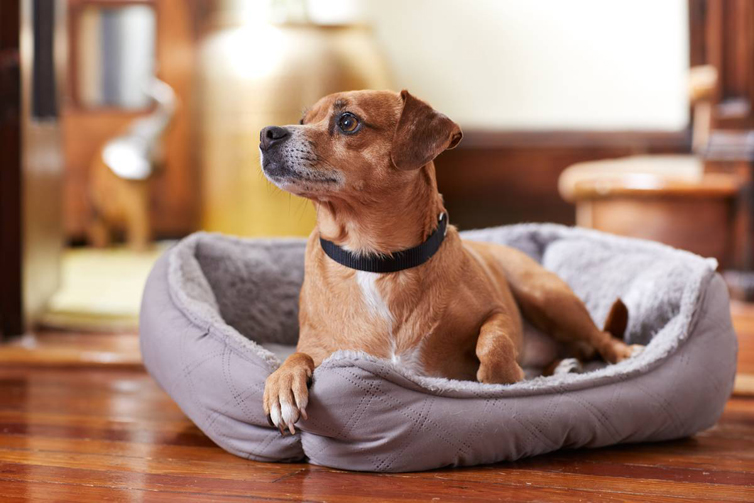
Sometimes you will only find out about this from a distraught and angry neighbour, who is on the verge of reporting you to the S.P.C.A.. You may be leaving home thinking – or hoping – that baby Leo will soon settle down, with his toys and chewy treats. The reality (apart from neighbour) is often on your return: Leo either goes berserk, throwing himself at you (you are, of course, delighted at this ‘welcome’), or he is whimpering in a corner, having worn his little self out from howling. His toys and chews are wrecked and, if not crated, he may have destroyed your curtains (from anxiety and revenge!). Not to mention that he has relieved himself copiously all over the place. Most importantly, Leo has suffered while you have been away.
Suggestions:
- Switch your T.V. or radio on, softly, on the assumption that any human voice is better than none.
- Make sure he is safe and comfortable with his own things like chewables, access to water and his ‘blankie’.
- If the mayhem continues, try staying out in stages. For the first few times, don’t leave at all. Hide around the side of the house for five minutes and return. You will have to do this a few times. Then try staying away for 10 minutes. (You can sit in your car and read or fiddle with your phone.) Then increase the time by 5-10 minutes until, hopefully, little Leo gets the idea. This sounds like an awful lot of work, but this is a difficult and unacceptable situation for you, Leo and your neighbours, and needs to be addressed.
- When you arrive home to a wonderful and hysterical welcome, do not over-react. Greet them in return, calmly.
- If there is no improvement, your vet may prescribe a mild doggie tranquiliser as a temporary measure until the situation improves.
For more on separation anxiety, click here.
Consult your vet
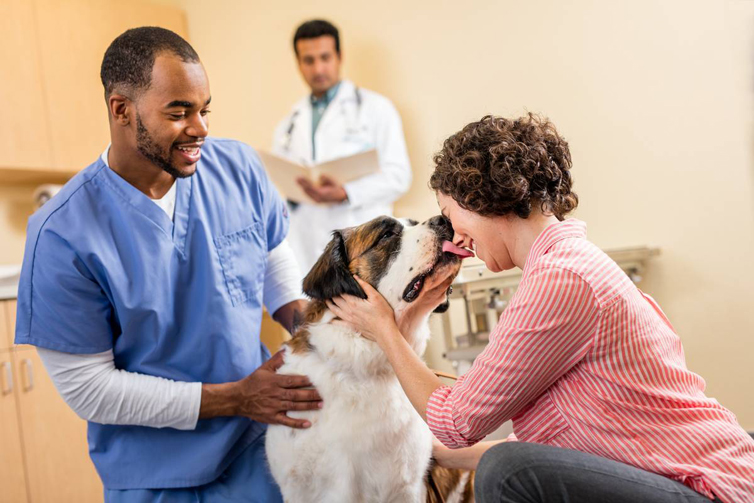
Trying your hand at adjusting your dog’s behaviour is great if it is not a severe case. If you deem Lulu or Leo’s behaviour to be unacceptable and the cause of stress and unhappiness for themselves and for you, you should seek the advice of a veterinarian who can look for underlying physical and mental conditions that may be contributing.
Also ensure that your pest-protection regime is regular. Infestations of ticks, fleas and mites causes stress which can lead to behavioural problems. Trust a product like Bravecto® to prevent the stress of ticks, fleas and mites. For dogs there is a choice of Bravecto® Chew or Bravecto® Spot-On. With Bravecto® Chew, dogs get 12 weeks of flea and tick protection and mite treatment with a single dose and Bravecto® Spot-On, provides 4 months of tick protection and 6 months of flea protection and mite treatment with a single application1,6.
Remember that no dog is born “bad” and poor behaviour can be resolved with the right methods, medications (where necessary) and the support of a loving pet-parent.

Subscribe to our Newsletter
Get to know your furry friend better! Sign up for all things dog- or cat-related.
The Hairy Facts about the dreaded hairball
12 April 2021
Help! My dog’s barking mad! Volume 2
12 April 2021
Your Itchy, Scratchy Cat – All About Cat Skin Problems
12 April 2021
The Dog’s Diet: A Bone of contention?
01 April 2021
Mango Fly Worms: How to Spot and Eliminate them
Posted on November 28,2019
Managing Mange And Mites In Your Dog
Posted on June 11,2018
Why Do Cats Purr and How? Learn What Your Cat Is Saying
Posted on October 14,2020
How to Get Rid of Ear Mites in Dogs
Posted on November 06,2019









